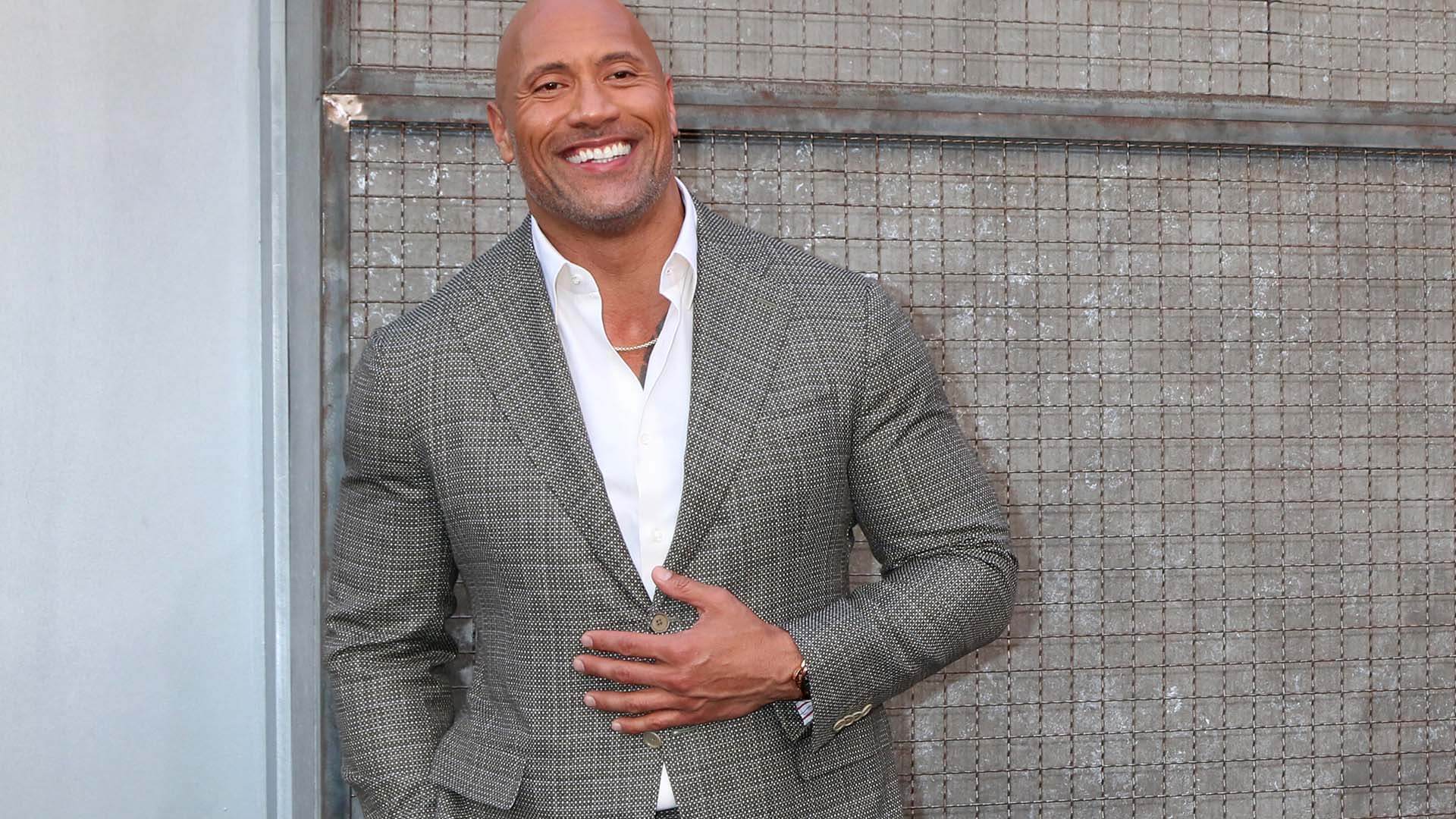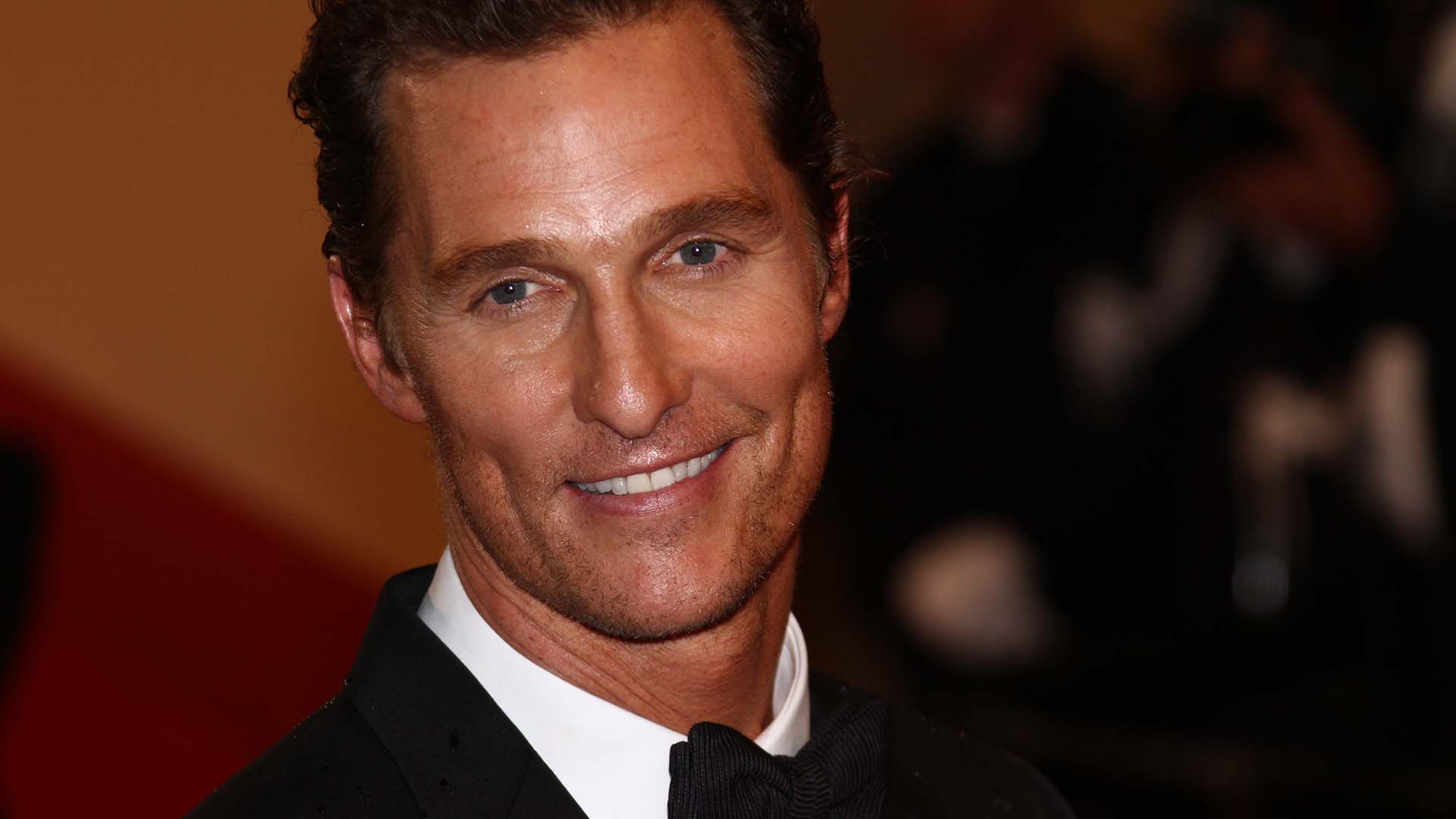When you think of Tom Hanks, do you picture an accomplished, Oscar-winning movie star or a funnyman known for goofy comedies? While the answer depends partly on your age, many people pick the former.
But it wasn’t always that way. Like many celebrity rebrands, Tom Hanks successfully changed how the world saw him. From Zendaya and Ryan Gosling to Mark Wahlberg and Ice-T, celebrity branding transformations help stars stay relevant and connect with modern audiences.
This post covers star rebranding success stories and what they can teach your business about adapting to changing trends.
Famous celebrity rebrands
Some celebrity image makeovers happen after personal scandals, judgment errors, or careless comments tarnish their reputations. However, many high-profile personality repositioning stories are more positive and proactive.
The following famous celebrity rebrands represent successful efforts to stay in the spotlight and keep up with the changing times.
The Rock
In the late 1990s and early 2000s, the world knew Dwayne Johnson as a professional wrestler called The Rock. As a third-generation WWF superstar, wrestling was his persona, and it was hard to imagine him doing anything else.
Fast-forward a few years, and the world knows The Rock as a gregarious, positive, hard-working actor. This wasn’t accidental. Johnson strategically leveraged his fame, charisma, and existing fan base to reinvent himself as a successful action star.
Miley Cyrus
In another renowned personality rebranding story, Miley Cyrus ended up miles from where she started. The actress made a name for herself as a wholesome sweetheart in the Disney show “Hannah Montana.” But childhood fame only lasts so long, and Cyrus knew continuing relevance required a major image makeover.
Embarking on a deliberate transformation, she carefully changed her musical style, fashion choices, and social media presence. Her insightful understanding of her audience helped the change feel authentic. Now, Cyrus is known as an edgy provocateur who appeals to more mature fans.
Matthew McConaughey
Long before Matthew McConaughey starred in “Interstellar,” audiences knew him from romcoms like “Failure to Launch.” The actor could easily have stayed a romantic comedy darling but instead took on roles that challenged him and changed his public persona.
Productions like “Dallas Buyers Club” and “True Detective” allowed McConaughey to show a different side of himself. As a dramatic actor, he crafted narratives that appealed to viewers emotionally. In doing so, he proved his versatility, attracted new audiences, and solidified his image as a respected star.
Rebranding 101
What can your company learn from these famous figure brand evolutions? First, change is not only possible but necessary to keep up with changing times. Second, rebranding requires a strategic plan and thoughtful consideration.
Careless or impulsive rebrands can be ineffective at best and disastrous at worst. Your new brand should align with company goals, customer needs, cultural shifts, and market trends. But you also don’t want customers to be confused or view your new persona as a self-serving attempt to curry favor.
Truly understanding your audience and crafting a thoughtful narrative can go a long way toward engaging customers. To help create your new marketing message, consider using the StoryBrand Framework. This method harnesses the power of storytelling to eliminate confusion and create meaningful customer connections.
Things to consider when rebranding
Whether you want to tweak your market position or completely change your image, we recommend evaluating the following:
Your current audience perception
If you’re looking to rebrand, you already know your audience’s perception needs to change. But what exactly do people think about you? Use customer feedback surveys, focus groups, and online reviews to gather data about your reputation. Social media monitoring tools also make it easy to listen to online conversations about your brand.
What words do customers use to describe your brand? How do they feel about your company? How do they think you differ from the competition? Understanding your current brand perception is key to formulating a new one.
Identifying your new target customers
Sometimes, rebranding is about changing how your current target customers view you. Companies usually rebrand to attract new audiences and build relationships with future customers.
Start by conducting market research to understand your current customers. They aren’t always who you imagine them to be. Then, think about what demographics will most likely benefit from your product or service to identify new audiences.
Next, look beyond your business to research the competition. Finding out who they target and what demographics they attract can help you find new customers. This process can also help you fine-tune the unique selling proposition (USP) that distinguishes you from the competition.
Knowing about current trends
One popular reason to rebrand is to respond to changing market trends. To do so, you must know what they are. This requires putting your ear to the ground in your industry and beyond.
In addition to monitoring your competitors, keep an eye on the news and social media to identify popular topics, challenges, hashtags, and social movements. Also, research current marketing and advertising trends: the fonts, designs, channels, and technologies that will help your brand appeal to modern audiences.
Learning about current trends has numerous potential benefits. It can help you identify new customers, craft more effective marketing strategies, and bring your business into a new cultural or technological era.
Revisiting your past content
As the saying goes, you don’t know where you’re going until you know where you’ve been. Look at your previous campaigns, social media posts, and ads to see what worked and what didn’t. Examine everything from sales results and new leads to social media feedback and engagement metrics.
This process helps you learn from past mistakes and identify areas for improvement. It is also a great way to get to know your customers better, including what they want and what they don’t want at each stage of the customer journey.
Being wary about drastic change
Although growth is usually good, drastic or sudden changes can be jarring for your audience. Brands aren’t built overnight and can’t be rebuilt that quickly, either.
For loyal customers, a dramatic change can be confusing and alienating. When rebranding, gradually introduce new elements while respecting your brand’s history. Your new brand should align with current values and trends, but you’ll also want to keep successful elements from your past.
Audience-first rebranding
We can’t overstate the importance of customer emotions in marketing. How customers feel about you affects how often they buy, how much they spend, and whether they recommend your brand.
Any rebranding effort should involve your audience at every step. Begin with a customer analysis and gather feedback along the way. When you’re ready to launch, involve your audience by announcing your rebranding. Then, continue to evaluate their response and adjust accordingly.
That said, realize that not everyone will like your rebrand. As a rule, humans don’t like change and will take a while to adapt to your new image.
The rebranding bottom line
It is important to recognize that not every brand needs to be hip, but every brand needs to be relevant. Whether you plan a partial or full rebrand, you can learn from famous celebrity rebrands. Examining past successes and failures by others (and yourself) can help your company come out ahead.
















